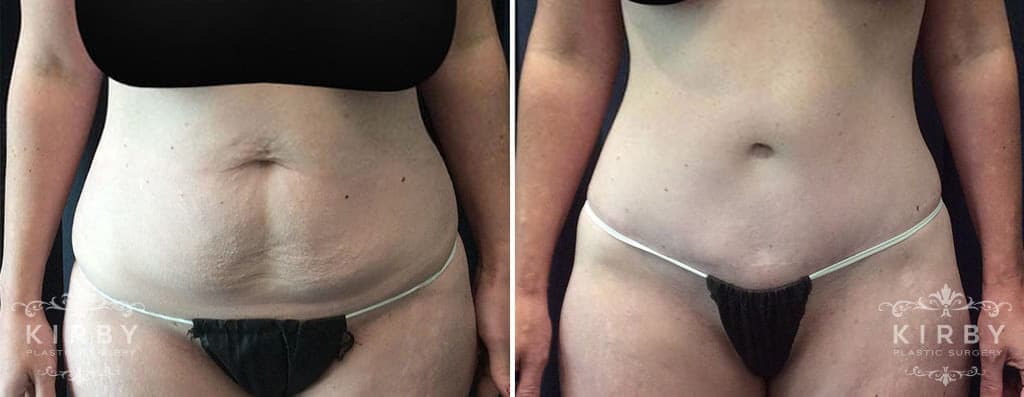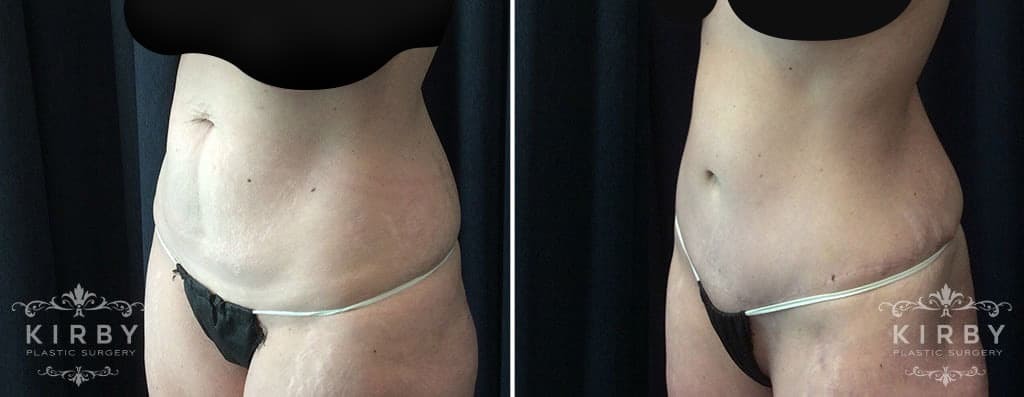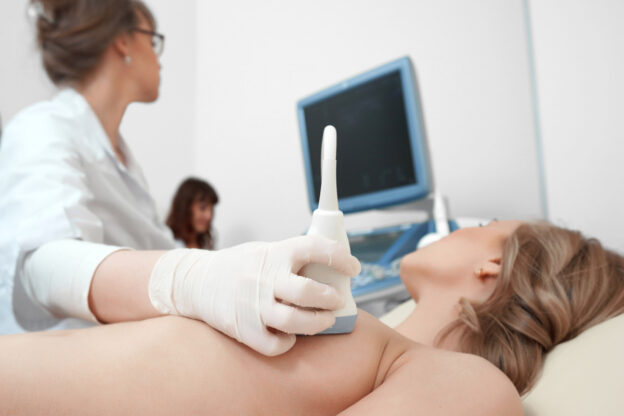Red Flags in Plastic Surgery Before & After Photos

Planning a plastic surgery procedure? At the start of this transformative journey, most patients find themselves exploring plastic surgery before and after photos, which offer a glimpse of your possible results.
While before-and-after galleries on surgery websites tend to offer realistic patient stories, cosmetic procedure results are commonly displayed in misleading ways on social media—a practice that may get hundred of “likes,” but which can leave patients questioning their own experience after surgery (and even, in some cases, fuel a desire for more surgery).
As Dr. Emily Kirby explains here, it is crucial to approach images with an informed and clear-sighted eye to avoid misleading, and possibly even unethical, practitioners. Here are some red flags to watch for.
A note about physician qualifications: Look at the credentials of the physician whose account you are viewing. Are they a plastic surgeon certified by the American Board of Plastic Surgery? Are they a surgeon at all? If not, they may be offering cosmetic procedures that are outside the scope of their training. Learn how to choose a surgeon »
On-table photos, taken in the operating room
Photos taken on the operating room table, moments after surgery, are highly misleading, and are not true representations of “after” results. Our tissues go through many changes during the healing process, including swelling, scar remodeling, and settling. On-the-table plastic surgery photos do not accurately represent a patient’s final results. Not only is the patient asleep on the table, rather than standing in the same position they were for the pre-operative photos, but the operating table is often bent in such a way to exaggerate the fresh surgical results. And don’t get us started on the oiled up appearance; applying oil to the skin immediately after surgery is not a standard part of any procedure, and is only applied to enhance results for social media.
Approach “on-table” photos with a healthy dose of skepticism; instead look for “after” photos taken using consistent lighting after healing has progressed at least 6 weeks.
The first step when looking at before-and-after photos is to identify how long after surgery the “after” photos were taken. Whether six weeks, six months, a full year, or more, the timeframe influences the appearance of scars and overall contours. If the photos were taken within 6 weeks of surgery, incisions are often still discolored, which is a normal part of the healing process, and swelling is still present. Scars continue to mature for a full year or more after surgery, changing in color, texture, and contour during that time.

Inconsistent lighting, views, and positions from “before” to “after”
If the “after” photo is brighter or lit from a different, more flattering angle, this can alter results. Similarly, if patients are in a different position, such as with arms raised or chin elevated in the “after” photo, this can make results look more dramatic. You cannot accurately evaluate results without seeing “before” photos from a similar focal length (distance from the camera).
Consistent positioning, camera zoom, and lighting show that the results are not selectively displayed, but provide an honest representation of the surgeon’s work. Identifying tattoos, jewelry, and nipples should be the only features retouched in surgical photos, for the sake of patient privacy. Surgical results should never be retouched.
Pro tip: Look for placement of the incisions, as plastic surgeons should do their best to hide incisions in natural body contours or under clothes. In the above example, the patient’s tummy tuck scar is placed very low, just above the pubic bone, so that it is hidden by swimsuits and underwear, and the belly button scar is hidden by natural-appearing curves and shadows.
Patient selfies as “after” photos
We love when our patients send selfies showing their happy, confident selves enjoying life after a procedure! However, selfies do not replace “after” photos, so it is a red flag if a surgeon presents them as official “after” photos without also showing the standard acceptable photos.
One-size-fits-all results
As you explore several examples of a surgeon’s results, you should see evidence of a personalized approach to each patient. Everyone’s body is unique, and a healthy variety in aesthetic results reflects a surgeon who respects each patient’s own goals and concerns as they develop a treatment plan.
“Dear Dr. Kirby, It has been a year since you worked so many hours in surgery on me. Your every careful stitch is appreciated. I asked for so much and got more than I thought possible. I am sure you were exhausted at the end of the day. When you said ‘I can do that’ in your office I felt completely confident in you, and you did it. Thank you so much.”
—Real Patient Review
No “before” photos
A good way to develop realistic expectations for your potential surgical results is by looking for photos of patients who share similarities with your body type or concerns in their “before” images. It is a red flag if there are no “before” images to allow you to see the progress of a patient’s transformation.
Locate a plastic surgeon whose gallery represents a dependable surgical expertise, and consider sharing your “inspo” photos with your plastic surgeon during your consultation. Aside from being part of a patient’s medical record, this is what before-and-after photos are for: to help you discuss what you like and don’t like when planning your surgery.
At Kirby Plastic Surgery, we are committed to authenticity, honesty, and transparency in everything we do, from our before-and-after gallery, to our zero-pressure, educational consultations. Schedule yours today by calling or texting 817-292-4200. We look forward to helping you meet your goals!



